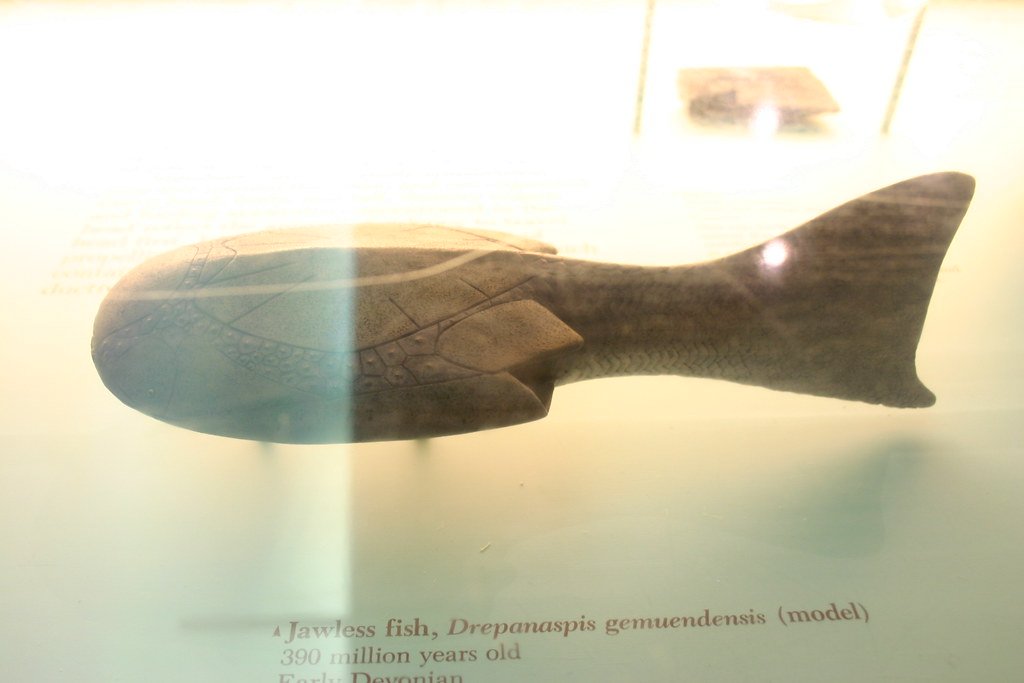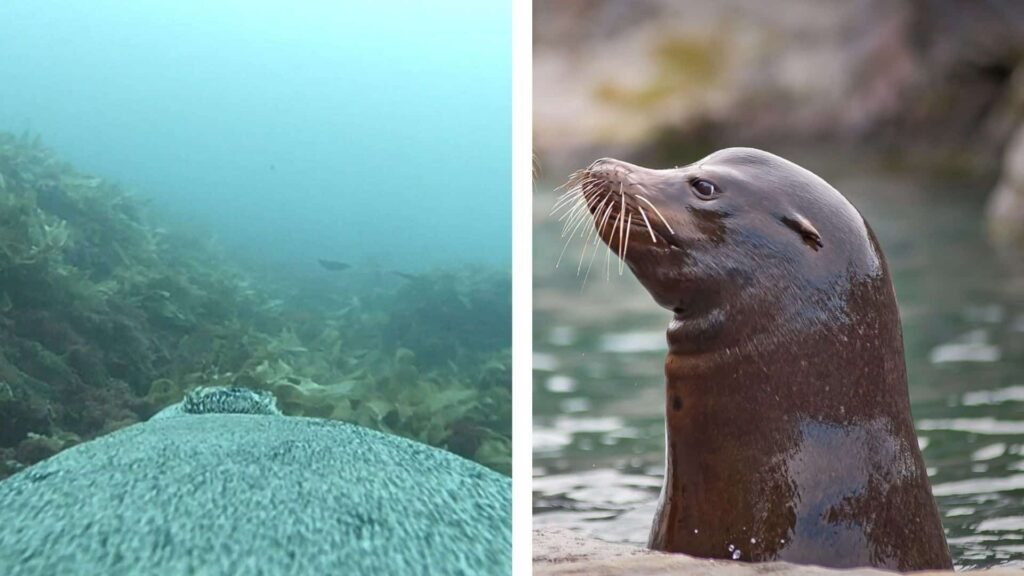Imagine a world where the boundaries between “fish” and “not-fish” blur, where the ancestors of birds and mammals once swam in ancient oceans, and where the line between what we call a fish and every other vertebrate is stranger than you might ever guess. The story of vertebrate evolution is a wild ride through deep time, full of unlikely twists, bizarre creatures, and evolutionary experiments. It’s a tale that connects us all—humans, frogs, lizards, and eagles alike—back to slippery, jawless beings drifting in primordial seas. Are you ready to dive into a saga that will forever change how you see the animal kingdom?
The Dawn of Vertebrates: Life Begins in Water

Hundreds of millions of years ago, Earth was teeming with life beneath its waters, long before the first forests or dinosaurs appeared. The earliest vertebrates were simple, jawless creatures that resembled today’s lampreys and hagfish. These animals didn’t yet have bones, just flexible cartilage for support. Despite their simplicity, they possessed a notochord—a stiff rod along their back—which set them apart from all other life forms. This innovation gave rise to the vertebrate family tree, setting the stage for the explosive diversity that would follow. Picture these ancient fish-like beings swimming through murky seas, their bodies perfectly adapted to a world without predators as we know them.
Building a Backbone: From Cartilage to Bone

The leap from cartilage to bone was nothing short of revolutionary. Early vertebrates eventually evolved a backbone made of true bone, providing more strength and protection. This change meant these animals could grow larger and move in new ways, exploring different parts of their watery world. Fish like the now-extinct placoderms developed tough, armored plates—a sort of ancient body armor—making them formidable hunters and survivors. This new skeletal system would become the foundation for all future vertebrates, including us. It’s astonishing to realize that our own skeletons trace back to these ancient aquatic pioneers.
Jaws: The Game Changer

Before jaws, vertebrates could only suck or scrape food, limiting their diets and lifestyles. The appearance of jaws was a true evolutionary breakthrough, allowing animals to bite, chew, and grasp prey with power and precision. Suddenly, vertebrates could hunt larger or tougher creatures, sparking an evolutionary arms race. Sharks and early bony fish became apex predators, reshaping ecosystems and driving further innovation. The jaw’s invention also paved the way for the diversity of mouth shapes and feeding habits we see in today’s animals, from the snapping beak of a bird to the gnashing teeth of a lion.
Leaving the Water: The First Steps onto Land

One of the most dramatic chapters in vertebrate history is the moment some fish dared to venture onto land. Around 375 million years ago, certain lobe-finned fish, like the famous Tiktaalik, evolved sturdy fins that worked like primitive legs. These pioneers explored shallow swamps and muddy banks, seeking new sources of food and escaping aquatic predators. Breathing air became possible with the development of lungs, a trait some fish already possessed. This bold move opened up entirely new worlds, leading to the rise of amphibians and ultimately, all land-dwelling vertebrates.
From Fins to Limbs: The Birth of Tetrapods

Transforming fins into limbs was a marvel of evolutionary engineering. Early tetrapods, the first four-limbed vertebrates, retained many fish-like traits but had jointed legs and digits. Their bones gradually adapted for walking and supporting weight outside of water. This transition is beautifully recorded in fossils, showing a slow and steady change from paddle-shaped fins to recognizable arms and legs. Our own hands and feet are distant echoes of this ancient transformation, a living legacy of our aquatic ancestry.
Amphibians: The First Wave of Land Vertebrates

Amphibians emerged as the first vertebrates fully adapted to life on land, yet they remained forever tied to water. Frogs, salamanders, and their ancient relatives laid eggs in ponds and streams, and their larvae often resembled little fish. Their moist skin allowed them to breathe both in air and water, but also made them vulnerable to drying out. These creatures dominated the world’s landscapes for millions of years, thriving in lush, swampy environments that would eventually give rise to vast forests and new kinds of animals.
Reptiles Break Free: Conquering Dry Land
Reptiles represented a bold new direction in vertebrate evolution. Unlike amphibians, they developed tough, scaly skin and laid waterproof eggs, breaking their dependence on water for reproduction. This adaptation allowed reptiles to colonize dry deserts, high mountains, and sprawling forests. They diversified rapidly, giving rise to iconic groups like dinosaurs, crocodiles, turtles, and lizards. The success of reptiles reshaped ecosystems and set the stage for even more dramatic evolutionary experiments.
The Rise of Birds: Scales to Feathers
One of the most incredible evolutionary stories is how some small, feathered dinosaurs took to the skies. Feathers, originally evolved for insulation or display, became the building blocks for flight. Over millions of years, these dinosaurs morphed into birds, the only living dinosaurs we see today. From hummingbirds to eagles, birds have conquered nearly every corner of the planet. Their hollow bones, powerful hearts, and sharp eyesight are all perfect adaptations for a life above the ground, yet their origins are firmly rooted in the world of reptiles.
Mammals: From the Shadows to Dominance
While dinosaurs ruled the world, tiny mammals scurried in their shadows—often overlooked, but quietly evolving. These early mammals were warm-blooded, furry, and mostly nocturnal, giving them advantages in colder or darker environments. When a mass extinction wiped out the dinosaurs (except for birds), mammals seized the opportunity to diversify and flourish. From whales in the oceans to bats in the night sky and humans on every continent, mammals have shown remarkable adaptability and intelligence, but their roots still trace back to ancient fish.
What Makes a Fish… and What Doesn’t?
The line between “fish” and “not-fish” is blurrier than most people realize. In scientific terms, “fish” refers to a diverse group of aquatic vertebrates, but not all their descendants are considered fish today. Modern classification splits vertebrates into jawless fish, cartilaginous fish (like sharks), bony fish, and then tetrapods—which include amphibians, reptiles, birds, and mammals. Technically, we are all fish by ancestry, even if it sounds strange. The real distinction comes down to evolutionary branches, adaptations, and the environments creatures inhabit.
The Hidden Legacy of Fish in Our Lives

Even now, traces of our fishy ancestors linger in our bodies and behaviors. The arrangement of nerves in our face, the structure of our limbs, and the way our embryos develop all echo patterns first seen in ancient fish. When we swim, our spines move in ways similar to how early vertebrates propelled themselves through water. The story of fish and not-fish is really a story about family—a sprawling, tangled family that spans oceans, forests, and skies.
Reflections on Our Fishy Heritage
Understanding vertebrate evolution is like looking into a strange, ancient mirror. It shows us where we came from, the incredible journey our ancestors made, and how all living vertebrates are connected. This perspective can change how we see the natural world and ourselves, fostering a sense of wonder and respect for the deep history we all share. Isn’t it remarkable to think that every bird, mammal, and reptile is, in some strange way, still a fish at heart?




